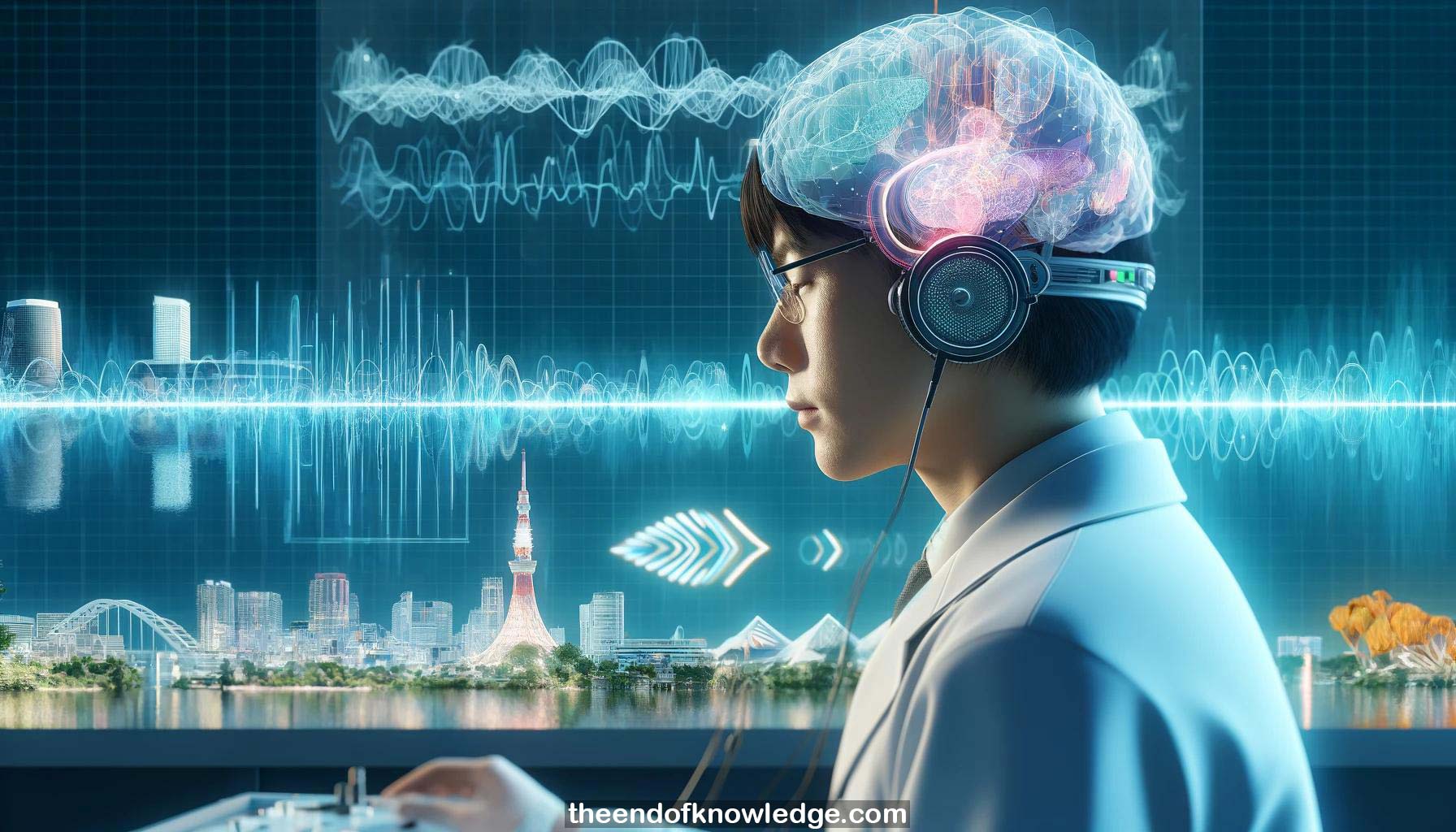 >
>
Concept Graph & Resume using Claude 3 Opus | Chat GPT4 | Llama 3:
Resume:
1.-Shibaura Institute of Technology has two campuses in Tokyo, Japan. The Toyosu campus is near a popular fish market.
2.-The talk focuses on auditory BCI research, extracting information from brain activity in response to sounds to enable bi-directional communication.
3.-Simple BCI demonstrations are now possible, thanks to improvements in technology like gTec amplifiers. However, much research still needs to be done.
4.-The talk discusses task variations to enrich BCI functionality, especially in the understudied area of auditory BCI compared to visual BCI.
5.-A problem with visual BCI spellers is that the user must focus on the screen, interrupting other visual activities like watching presentations.
6.-Auditory BCI aims to enable using a BCI while performing other activities by leveraging the ability to locate sounds with eyes closed.
7.-Event-related potentials (ERPs) are brain responses to stimuli. Infrequent deviant tones among frequent standard tones elicit mismatch negativity and P300 ERPs.
8.-The P300 ERP component is modulated by attention - it appears in response to attended deviant stimuli but not unattended deviants.
9.-Early auditory BCIs enabled binary decisions based on attention to sounds from the left or right. Later, up to 6 sound locations were used.
10.-The speaker aims to extend the dimensionality of auditory BCI by leveraging abilities to detect sound features like location, motion, frequency, timbre, and melody.
11.-Even with closed eyes, humans can identify sound locations and features like individual instruments playing in an orchestra based on auditory information alone.
12.-Auditory stream segregation is an auditory illusion where alternating high and low tones are perceived as two separate "streams" or melodies.
13.-Auditory BCIs can leverage stream segregation by having subjects focus on deviant target tones in one of two streams, evoking a P300.
14.-In a recent 4-class auditory BCI, participants focused on one of 4 tone streams. Deviants in the attended stream evoked a P300.
15.-Offline analysis of the 4-class auditory BCI data showed it could accurately detect which stream the participant was attending to.
16.-The 4-class BCI is a first step toward extending auditory BCI to use "4D, 5D or 6D sound space" as used by animals for hunting.
17.-Another auditory BCI uses an array of 5 real speakers plus 5 virtual sound sources generated between speaker pairs, for 10 total choices.
18.-Both real and virtual sound locations elicited P300 responses in an ERP study, showing virtual sound sources can be used in auditory BCIs.
19.-The talk briefly covers other BCI research at the presenter's lab, including a multi-modal visual/tactile BCI targeting gamma band activity.
20.-Spatial-temporal analysis is used to map scalp EEG to cortical currents to improve spatial resolution. This may enable single finger movement decoding.
21.-Another project aims to detect driver drowsiness using EEG and ECG, tested in a driving simulator designed to induce sleepiness.
22.-Sudden target appearance while driving elicits detectable brain responses that could potentially be used to automatically brake in dangerous situations.
23.-Differences in toll gate opening speed affect driver stress levels, which can be detected in brain activity.
24.-The presenter concludes that expanding auditory BCI to richer stimuli is key to improving performance. They are exploring combining it with virtual reality.
25.-P300 ERPs occur for both visual and auditory stimuli. Auditory P300s are largest at midline parietal electrodes.
26.-Channel selection for different ERP components can leverage machine learning but is subject-specific. Anatomical knowledge can guide electrode placement.
27.-Mismatch negativity, P300, and N400 ERPs have different neural generators. MMN reflects sensory change detection, P300 reflects higher-order attention and cognition.
28.-P300 is used for BCI spellers because it strongly depends on attention - it's large for attended targets and small or absent for unattended stimuli.
29.-The talk ended with a humorous old video of the speaker demonstrating what to do when BCIs fail - "harakiri" (staged).
30.-The speaker hopes to attend the BCI conference in Graz in September and looks forward to further discussions with the hosts and attendees.
Knowledge Vault built byDavid Vivancos 2024